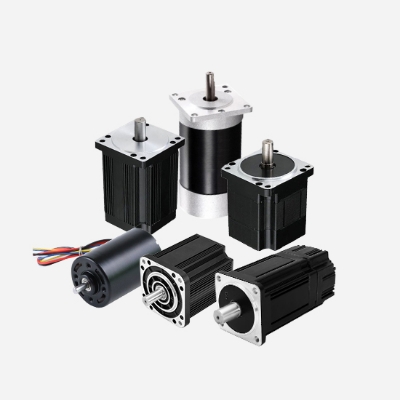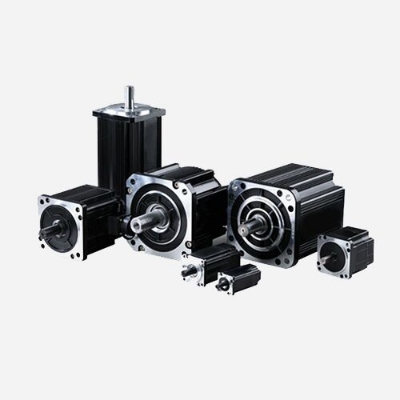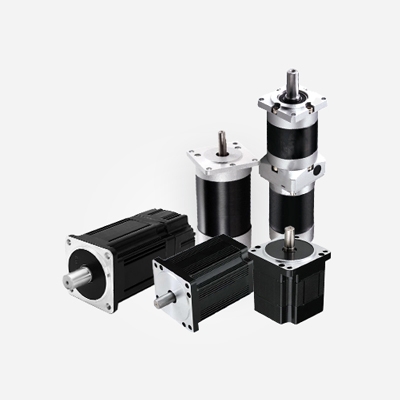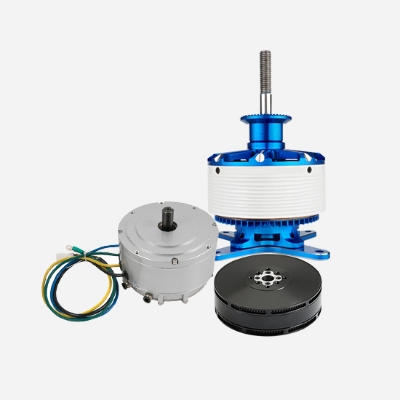A Brushless DC motor is mostly used in a car purifier to drive the centrifugal air blower to discharge the dirty air. A Brushless DC motor body is determined according to the motor circuit scheme, commonly used two-phase bridge type phase change drive circuit. The inner stator winding can be more easily wound on the core teeth. The motor is made into an external rotor-type structure, with the stator and stator winding placed inside the rotor. The phase change drive circuit uses a special integrated circuit (ASIC) with a simple circuit and control protection function.
A Brushless DC motor is used in an electric grinder, it does not need to change the brush maintenance work, and the speed can be controlled according to the situation of the grinding workpiece, the noise is greatly reduced compared with the original brush motor, and because the voltage is DC, the voltage is reduced, the safety is greatly improved.
Brushless DC motors for milling machines and lathes can achieve stepless speed regulation, fully adapting to the needs of the operating process, and the original mechanical speed control device can be canceled. Application of brushless DC motor in the automotive industry The main reason for the application of brushless DC motor in the automotive industry is that it has higher torque, higher power, higher reliability, and longer service life than traditional brush motors, especially for windows and sunroofs, etc. When a fault is encountered, it will automatically stop running to avoid injury accidents.
Due to the large-scale research and development of brushless DC motors and the gradual maturity of technology, the distribution of its drive system in industrial production has expanded and has gradually become the mainstream of industrial motor development, and major manufacturers also provide different models of brushless motors to meet the needs of different drive systems. At present, brushless motors are used in textile, metallurgy, printing, automated production lines, CNC machine tools, and other industrial production.
In terms of quantity, this is the field where DC brushless motors are used the most and have occupied an irreplaceable position. For example, in digital printers, floppy disk drives, hard disk drives, optical disk drives such as CD-ROM and DVD-ROM, fax machines, copiers, tape recorders, film cameras, high fidelity recorders, and control of spindles and subsidiary motions of jukeboxes, etc.
Buying a brushless motor is a very important decision. Inrunner brushless motor or outrunner brushless motor options may influence this decision. Do you know the differences between inrunner motor and outrunner motor brushless motors? Next, we will talk about the differences between them.
A brushless motor is mainly used to generate driving torque as a power source for appliances or various machinery, and its main function is to use mechanical energy to convert it into electrical energy. Under the action of torque of mechanical equipment installed with a brushless motor, the object will change in position or angle, etc. Therefore, it can be calculated according to the formula of the definition of Aki torque. That is, torque (T) = power (P) * 9.55 / number of revolutions (N), or mutual conversion factor can also look like this: T * number of revolutions / 9.55 = power
The brushless DC motor is developed on the basis of the brushed DC motor. It has step-less speed regulation, a wide speed regulation range, strong overload capacity, good linearity, long life, small size, lightweight and large output. Brushless motors are widely used in industrial equipment, instrumentation, household appliances, robots, medical equipment, etc. Since the brushless motor does not have brushes for automatic commutation, it needs to use an electronic commutator for commutation, which can be achieved by purchasing a matching brushless DC motor controller.
The brushless DC motor is a high-performance motor. It uses a permanent magnet rotor without excitation loss. The heated armature winding is mounted on the outer stator, which is easy to dissipate heat. A Stepper motor is an open-loop control element stepper motor that converts electrical pulse signals into angular displacement or linear displacement. In the case of non-overload, the speed and stop position of the motor only depend on the frequency and number of pulses of the pulse signal, and are not affected by load changes.
A brushless DC motor consists of a motor body and a driver and is a typical mechatronic product. Because the BLDC motor works in a self-controlled manner, it does not add a starting winding to the rotor like a synchronous motor with a heavy load under variable frequency speed regulation, nor does it vibrate and lose steps when the load changes suddenly.




